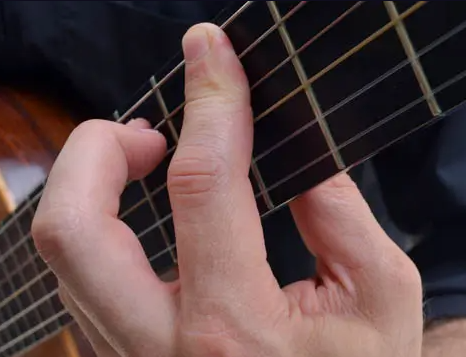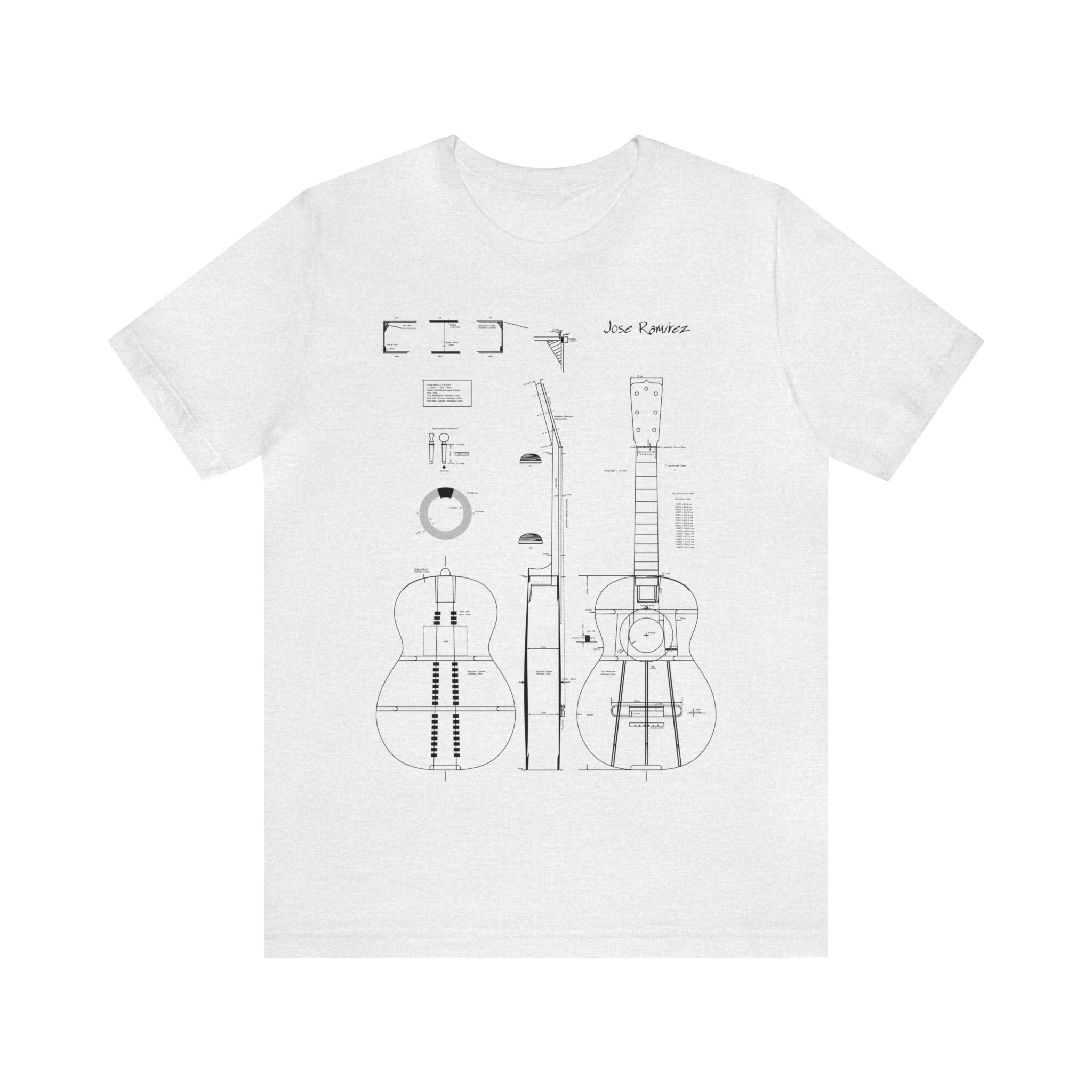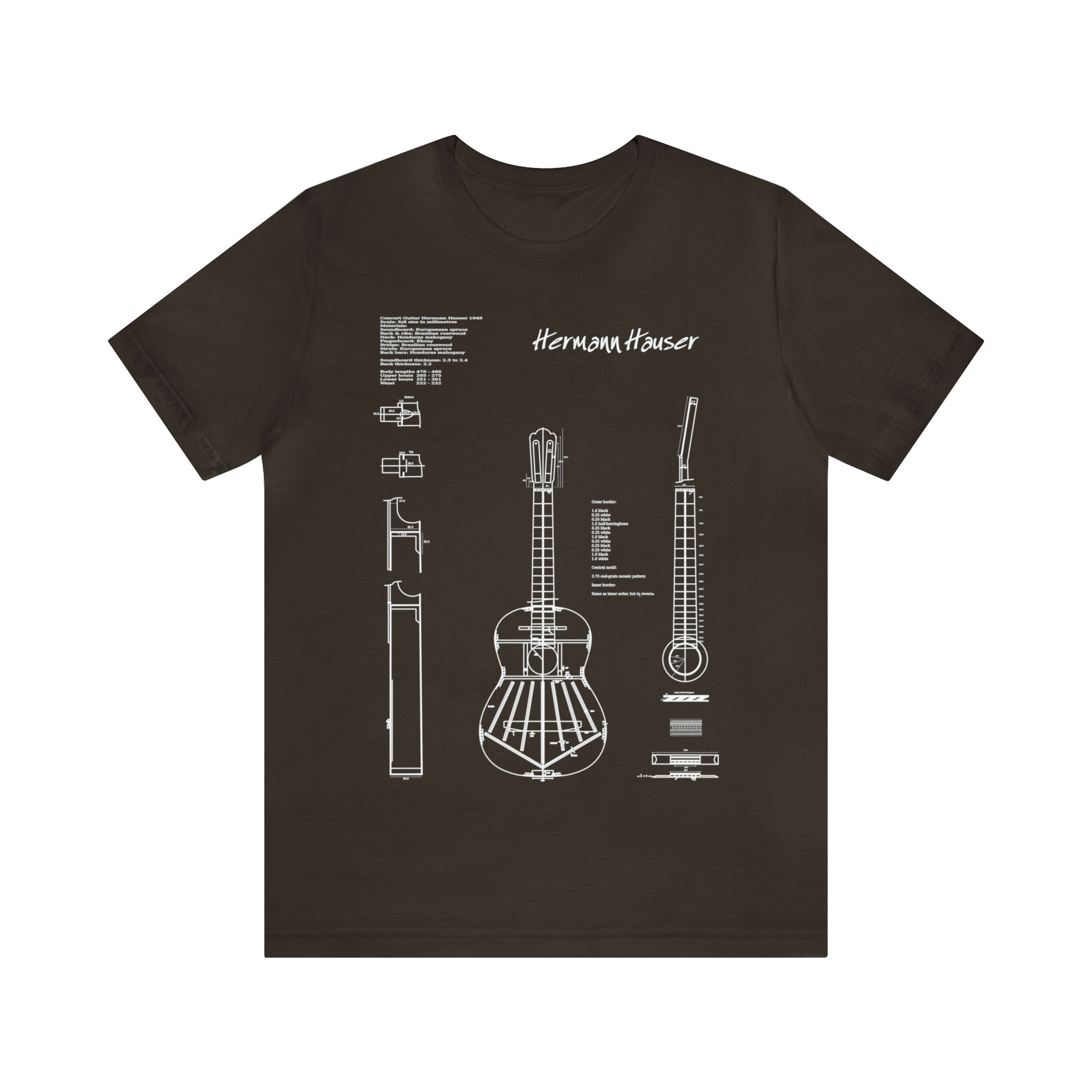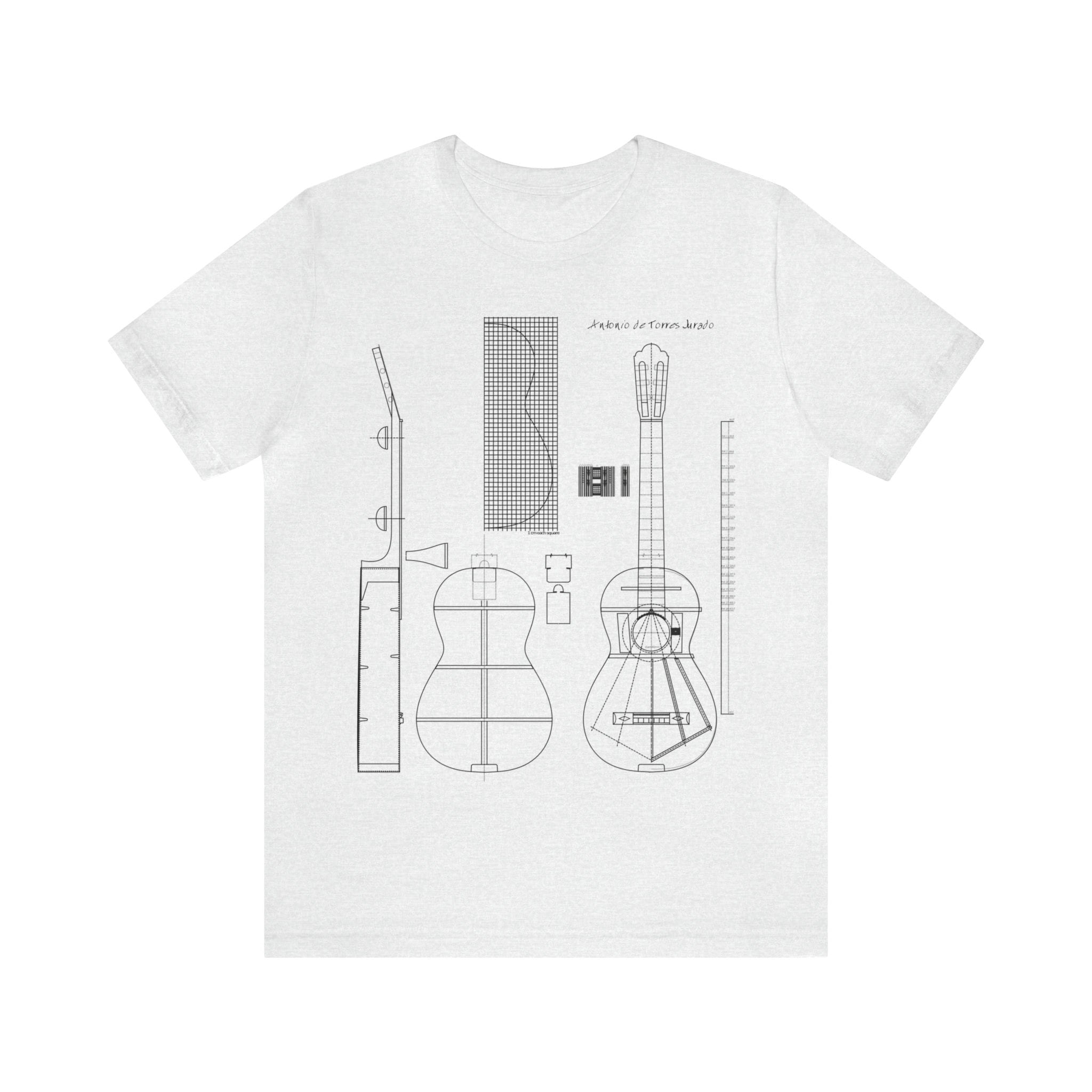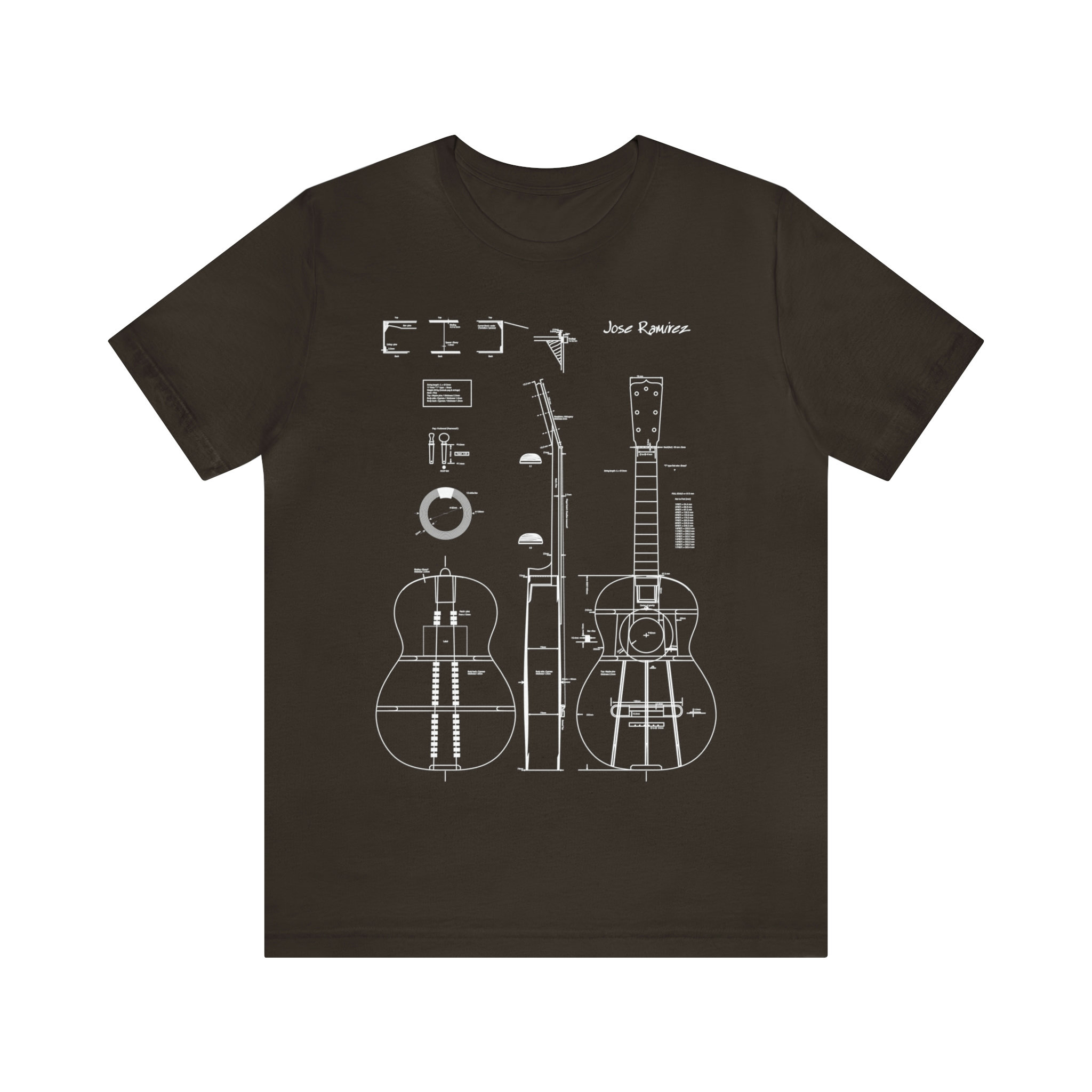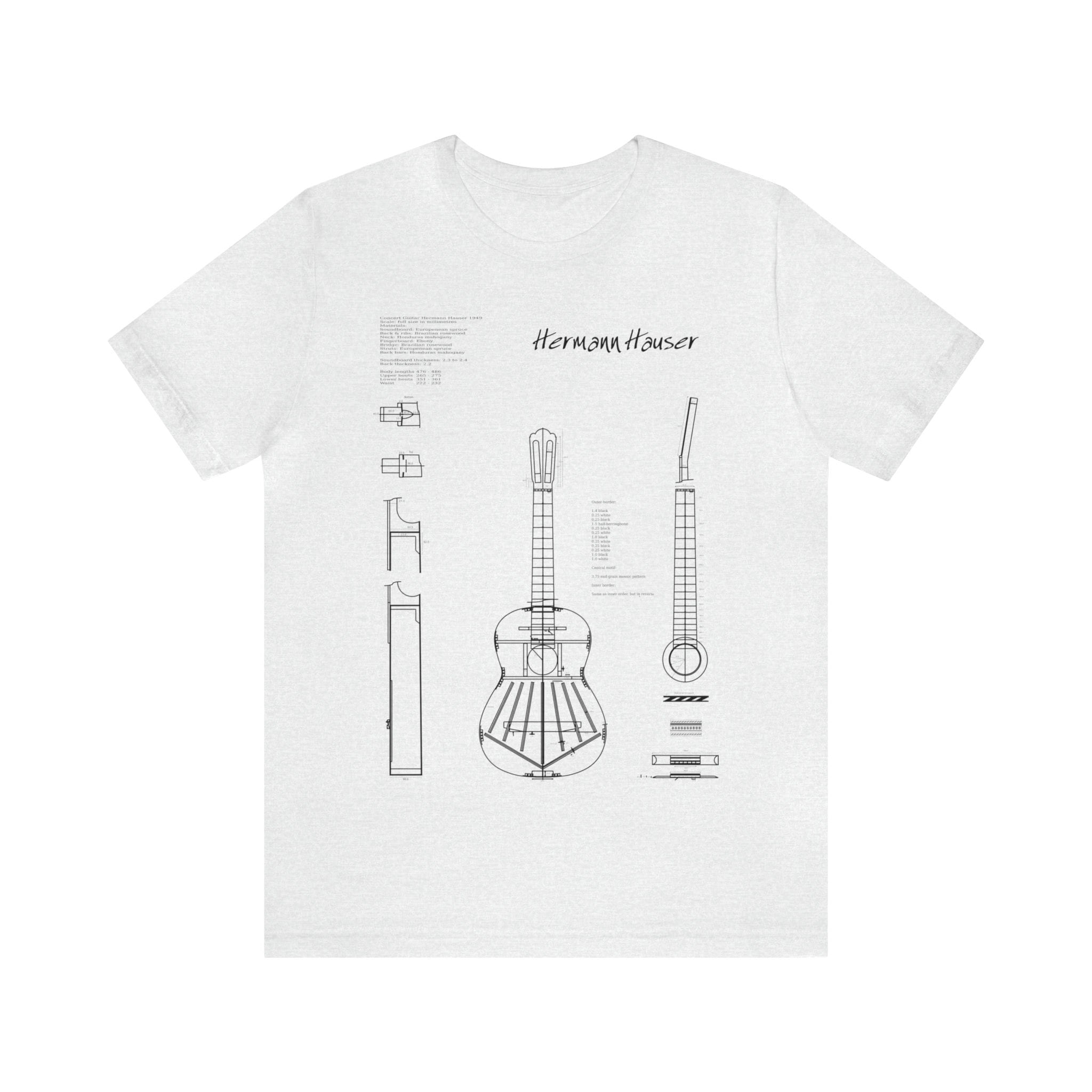The art of using the BARS (Capo) technique on the guitar involves temporarily utilizing the first finger as a capo, typically on either two or six strings. Despite its theoretical simplicity, many guitarists struggle with executing the technique effectively due to poor finger flexibility and independence.
One of the most critical aspects of the BARS (Capo) technique is maintaining a stationary position with the first finger. However, many guitarists tend to move their finger inadvertently, leading to errors in execution. Moreover, while it may seem necessary to press down on all six strings simultaneously, in reality, only a few strings require BAR-ing. Therefore, it is essential to figure out which strings require the technique and distribute pressure accordingly.
It is also vital not to exert excessive force while BARS-ing. Excessive pressure can be counterproductive and even dangerous to the player’s hand. A straight finger placement with the right amount of force works adequately in most cases.
So we can conture these principles
- Avoid moving the BARS (Capo)
Despite its theoretical simplicity, the BARS (Capo) can be daunting for many advanced guitarists. It’s important to note that it’s rarely necessary to apply pressure to all six strings simultaneously. In most cases, only a few strings require BARS (Capo), and strengthening BARS (Capo) is not necessarily a wise practice. Instead, it’s more beneficial to identify which strings require BARS (Capo) and distribute pressure accordingly.
- Distribute pressure appropriately
The Base of the first finger must have more pressure than the tip of the finger
Furthermore, excessive pressure isn’t necessary. Pressing forcefully is often unnecessary and may be harmful. Instead, placing the finger on the strings without applying excessive pressure works in most situations.
- Avoid excessive pressure.
- Use the force of gravity of the arm and elbow to keep the barre in place
- The Thumb of the left hand is not located in the front of the BAR but in front of the second or third Finger
Unfortunately, even with all of the above considerations, BARS-ing can remain a challenging technique to master. Correct finger placement is crucial, and experimentation is necessary to determine the optimal position. For example, some guitarists may need to apply pressure slightly to the side, while others may need to keep the finger perfectly flat. Therefore, it is necessary to find the best position that works for each guitarist’s unique hand shape and structure.
However, the BARS (Capo) can still present challenges, and the issue may arise from incorrect finger placement. Since every hand is unique, there is no definitive rule for finger placement. Each individual must experiment to find what works best for them.
For many people, BARS (Capo) works better when the first finger presses slightly to the side, while others need to press the finger entirely flat.
A helpful exercise for improving BARS (Capo) technique is to place the BARS (Capo) on the second fret and play a major scale up to the first string without moving the finger or exerting undue pressure. As proficiency improves, guitarists can extend the exercise up and down the neck, but it is crucial to take care not to injure oneself.
You can practice also these exercices:
ABEL CARLEVARO – CUADERNO 3 – TÉCNICA DE LA MANO IZQUIERDA
pag 19 – pag 24
In conclusion, BARS-ing is a crucial technique in guitar playing that requires practice and patience to master. It involves utilizing the first finger as a temporary capo and maintaining a stationary position while distributing the right amount of pressure. Correct finger placement is also essential to execute the technique successfully. Through practice and experimentation, guitarists can improve their BARS-ing skills and add a new dimension to their playing.
Classical Guitar
